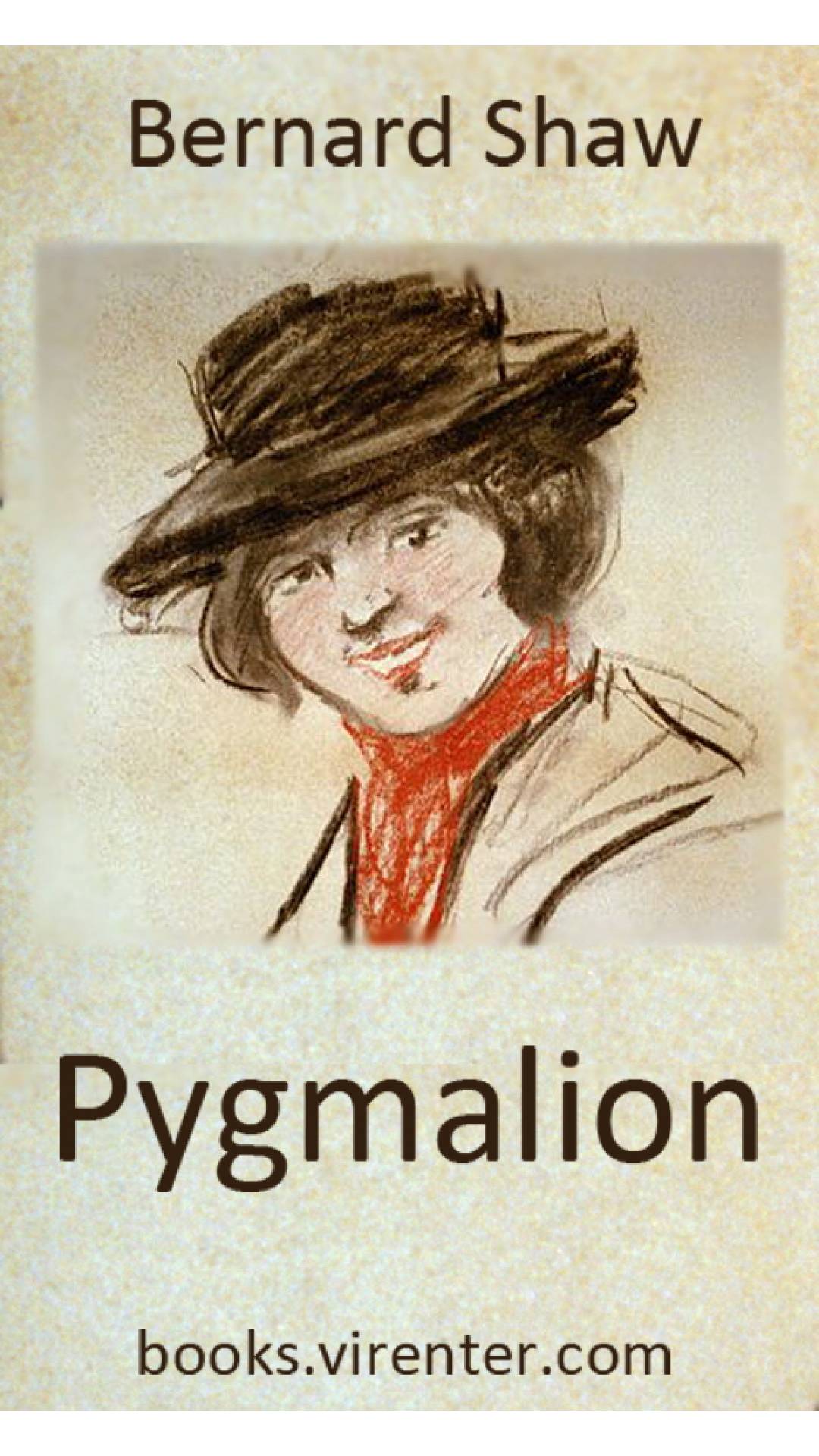Pygmalion by George Bernard Shaw: A Masterpiece of Wit and Social Commentary
Introduction to Pygmalion
George Bernard Shaw's Pygmalion, first performed in 1913, is a brilliant exploration of language, class, and identity. The play, which inspired the beloved musical My Fair Lady, tells the story of a Cockney flower girl transformed into a refined lady under the tutelage of a linguistics professor. Shaw's sharp wit and incisive social critique make Pygmalion a timeless masterpiece.
The Plot: A Journey of Transformation
Pygmalion begins with a chance encounter between Henry Higgins, an expert in phonetics, and Eliza Doolittle, a poor flower seller with a strong Cockney accent. Higgins bets that he can teach Eliza to speak and behave like a duchess within six months, thereby transforming her social prospects. As Eliza undergoes her metamorphosis, the play delves into themes of identity, independence, and societal expectations.
The interactions between Higgins, Eliza, and other characters, including Colonel Pickering and Alfred Doolittle, create a humorous yet thought-provoking narrative that examines the complexities of human relationships and the superficiality of social class distinctions.
Key Themes in Pygmalion
Language and Class: Shaw highlights the power of language as a marker of social class and a tool for personal transformation.
Identity and Independence: Eliza's journey is not just about changing her appearance or speech but also about asserting her autonomy and defining her self-worth.
Social Commentary: The play critiques societal norms and challenges the idea that worth is determined by birth or wealth.
Gender Dynamics: Shaw examines the dynamics of power and control in relationships, particularly between men and women.
Why Pygmalion Remains Relevant
Pygmalion continues to captivate audiences with its humor, sharp social critique, and complex characters. Its themes of self-improvement, equality, and the superficiality of social distinctions remain pertinent in modern society. The play's enduring appeal is further enhanced by its ability to provoke thought and inspire discussion about the nature of identity and personal growth.
Conclusion
George Bernard Shaw's Pygmalion is a remarkable blend of wit, satire, and social critique. Its exploration of language, class, and identity ensures its place as a classic in theatrical literature. Whether you're reading the play or watching a performance, Pygmalion offers a compelling and entertaining experience that remains as relevant today as it was over a century ago.
